
The Illinois Department of Natural Resources’ (IDNR) Division of Wildlife Resources administers four special grant programs that are funded by Illinois outdoorsmen and outdoorswomen through the purchase of Habitat Stamps and Migratory Waterfowl Stamps. These are the Illinois Habitat Fund, State Pheasant Fund, State Furbearer Fund and the Migratory Waterfowl Stamp Fund. Together, these programs are designed to protect, acquire, enhance or manage wildlife habitat and to support limited research and educational programs to further advance this mission.

The Illinois Habitat Fund, funded through the purchase of a State Habitat Stamp, was established in 1992 with enactment of the Habitat Endowment Act. The state Habitat Stamp replaced the original Pheasant and Furbearer stamps, expanding funding opportunities for the preservation and maintenance of high-quality habitat as well as for game and non-game wildlife.
The Pheasant Stamp program aims to enhance game and non-game wildlife habitat through projects developed by not-for-profit organizations and governmental entities. Funding for the Illinois State Pheasant Fund Special Wildlife Funds Grant Program comes from the sale of Habitat Stamps to sportsmen and sportswomen.
Appropriate not-for-profit organizations are eligible to receive funding through the Illinois State Pheasant Fund Special Wildlife Funds Grant Program for projects designed for wild pheasant conservation, including land acquisition, pheasant habitat improvement on public or private land, and pheasant research or education of the public regarding pheasants and pheasant hunting.
The State Pheasant Committee meets to evaluate and prioritize applications based on established criteria and submits to the Director of the Illinois Department of Natural Resources a prioritized list of recommended projects.
Dick Warner, professor emeritus and senior scientist at the National Great Rivers Research and Education Center, has served on the Pheasant Stamp Committee since its inception.
“I don’t think anyone appointed to the original committee could have imagined how diminished our capacity to improve habitat on private lands would become,” Warner remarked. “Unfortunately, over the past nearly three decades we’ve witnessed an increase in the intensity of agricultural land use and yet the number of staff available to work with landholders to address wildlife habitat has sharply declined. It is critical, and more important than ever, that we carefully examine how the Pheasant Stamp investments work with other conservation programs and we ensure that each project is tied to recreational hunting.”

The Illinois Department of Natural Resources (IDNR) recently approved a $122,080 grant to the Quail and Upland Game Alliance (QUGA) for a pheasant habitat project. The grant will fund continuation of the BONUS program which offers private landowners participating in USDA’s Conservation Reserve Program (CRP) and non-CRP bonus payments for completing wildlife friendly management work. Allowable projects include native grass and forb plantings, strip disking, invasive species control, legume and forb inter-seeding, strip spraying and prescribed burns.When submitting an application, a landowner is required to submit payment for 25 percent the project cost. Upon completion of the project participants will be reimbursed for 100 percent of the cost.
Earlier in the year QUGA received an IDNR Habitat Fund grant for continuation of a Fescue and Brome Grass Conversion Program. This unique program pays landowners 75 percent of the cost to convert fields heavy in fescue or brome grasses into a prairie rich in grasses and forbs. Available seed mixtures include a diversity of forb species, at least three and usually four or five, and at least one type of native milkweed. Such a mixture ensures the presence of multiple flowering plants throughout the Illinois blooming season.

“To date the two QUGA programs have provided seeds for more than 30,000 acres,” explained Jerry Johnson, QUGA Regional Director. “Private landowners are extremely interested in managing their property to benefit wildlife. Between the BONUS and Fescue and Brome Grass Conversion Program this year we will work with between 200 and 300 landowners.”
The Pheasant Stamp committee also approved the release of $51,500 for habitat development on five IDNR sites.
- Manito Pheasant Habitat Area (Mason County), $10,000 for grassland establishment
- Coffeen Lake State Fish and Wildlife Area (Montgomery County), $10,000 for treatment of woody invasive species
- Shelbyville State Fish and Wildlife Area (Shelby County), $20,000 for grassland renovation
- Dublin Highlands Pheasant Habitat Area (Stephenson County), $l,500 for tree removal follow-up restoration
- Whitefield Pheasant Area (Marshall County), $10,000 for grassland renovation
Warner concluded by stressing the importance of the work that takes place through the Pheasant Stamp Fund. “If we thought this work was important decades ago it is far more important now.”
Johnson reiterated the sentiment, highlighting that the Stamp Fund programs are possibly some of the only remaining opportunities for landowners to receive financial assistance for such management actions.

“The interest for replacing poor habitat with a prairie landscape is strong,” Johnson said. “Increasingly, landowners recognize the value of having fields flowering throughout the spring, summer and fall as such plant mixtures not only benefit pollinators and monarchs but also provides valuable food and cover resources for quail, pheasants, turkey, deer, rabbits and grassland birds.”
Johnson treasures the calls he gets from landowners participating in the program.
“One Mason County landowner told me that he had not seen a quail or pheasant on his land for many years,” Johnson recounted. “Happily, he reported that within two years of establishing a pollinator field both species had been sighted, and that he considers it a privilege to witness the return of both game birds to his property.”
Landowners wishing to apply for the BONUS Incentive Program (properties within the historic wild pheasant range) or Fescue and Brome Grass Conversion Program (statewide) should contact the Quail and Upland Game Alliance. Call (812) 536-2272 or email bobwhite@psci.net.
Kathy Andrews Wright retired from the Illinois Department of Natural Resources where she was editor of OutdoorIllinois magazine. She is currently the editor of OutdoorIllinois Journal.






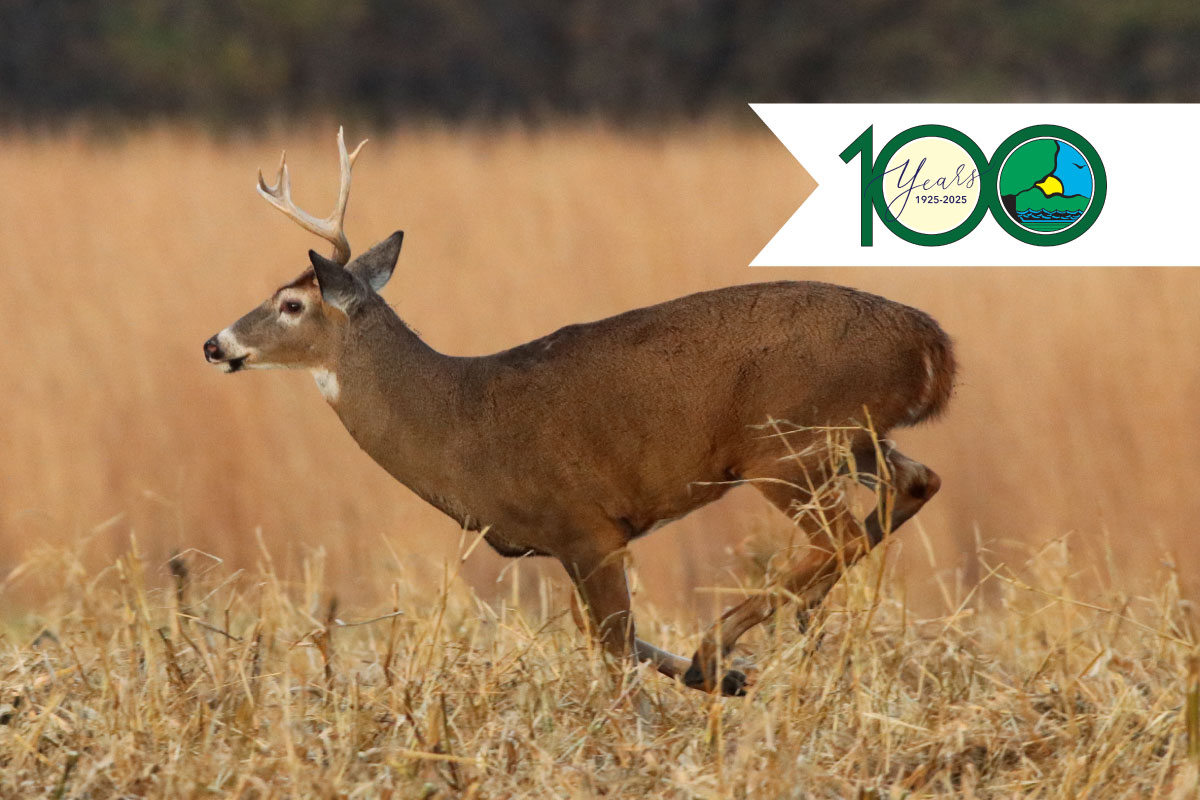
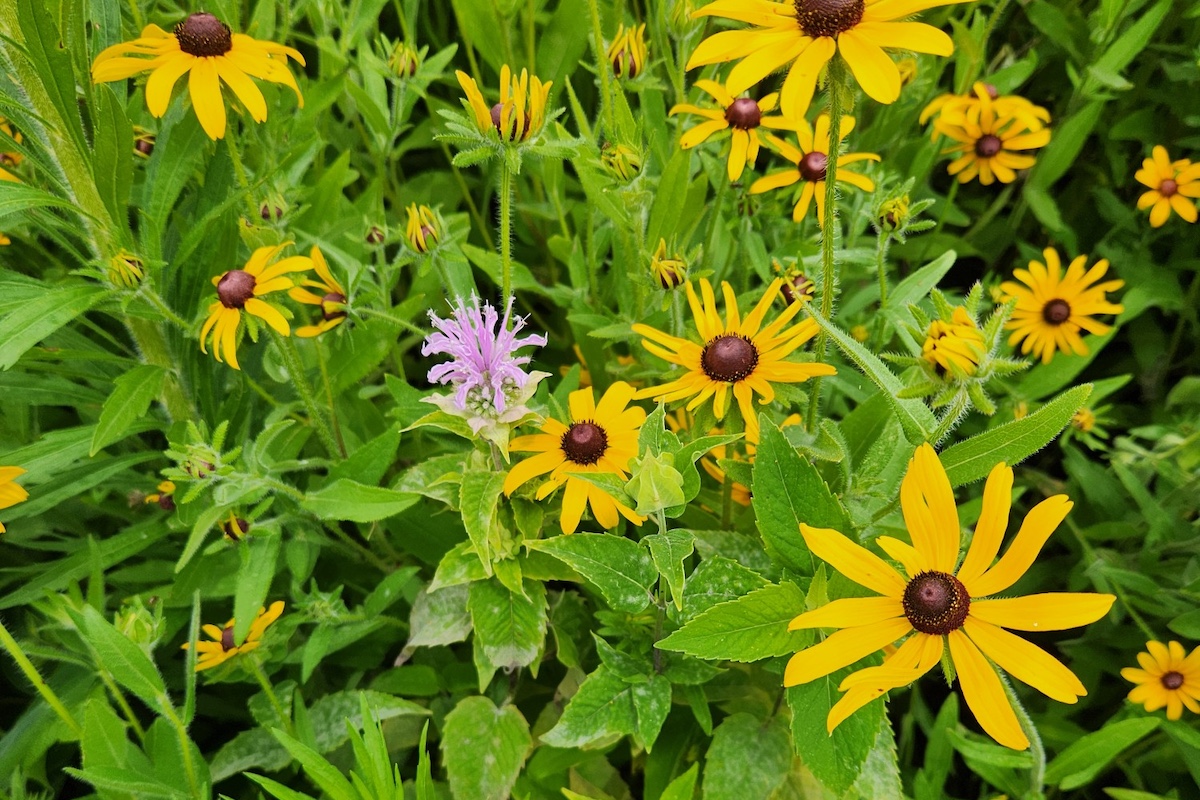

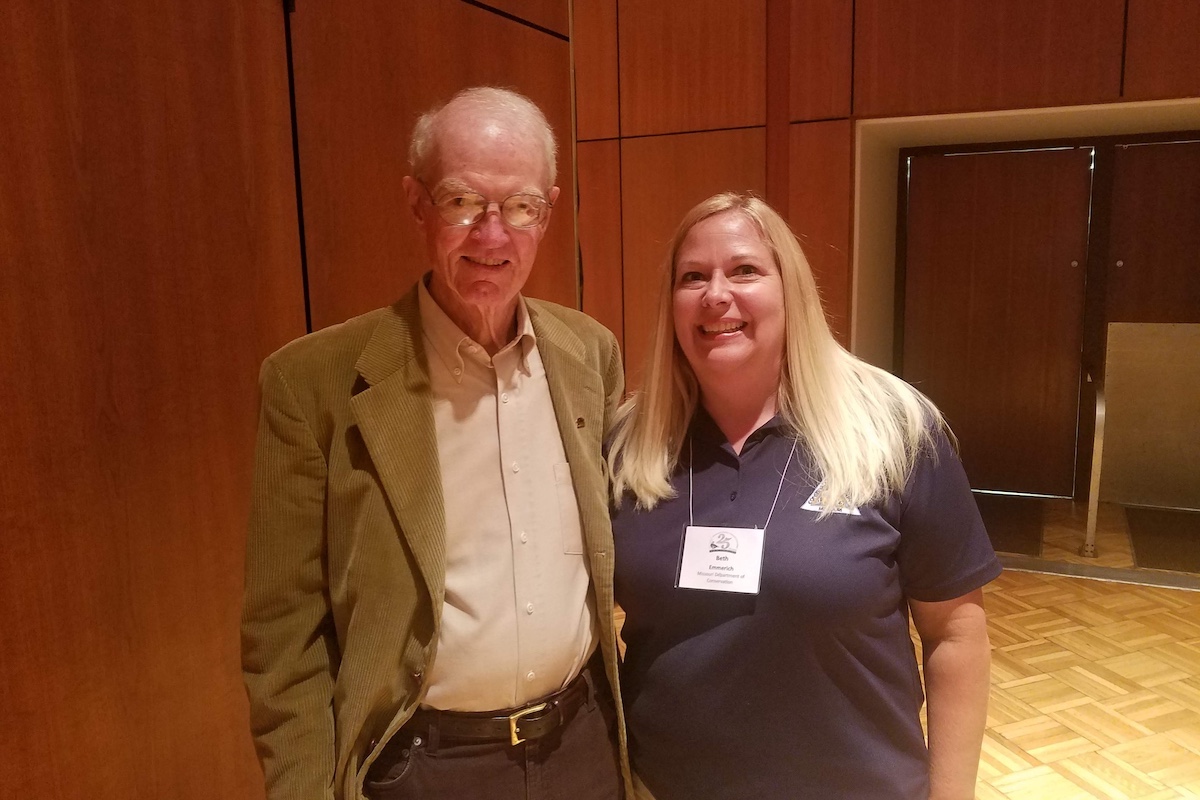
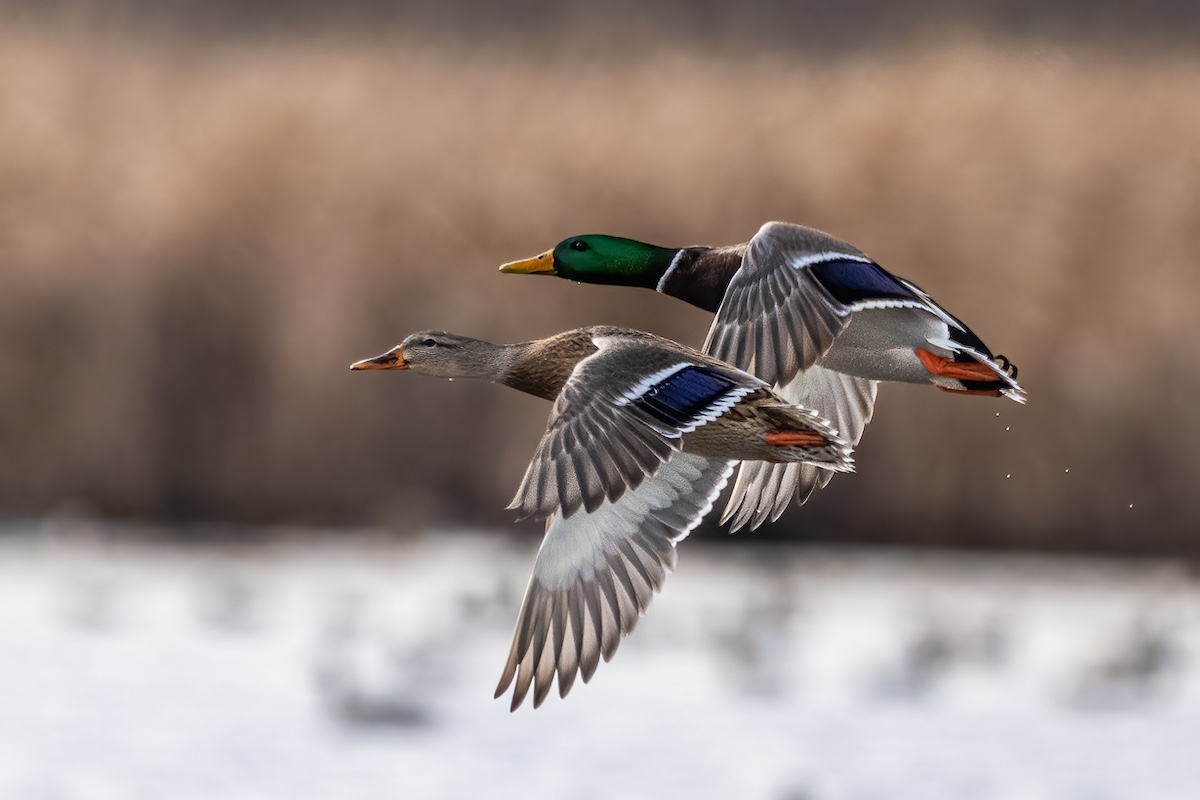
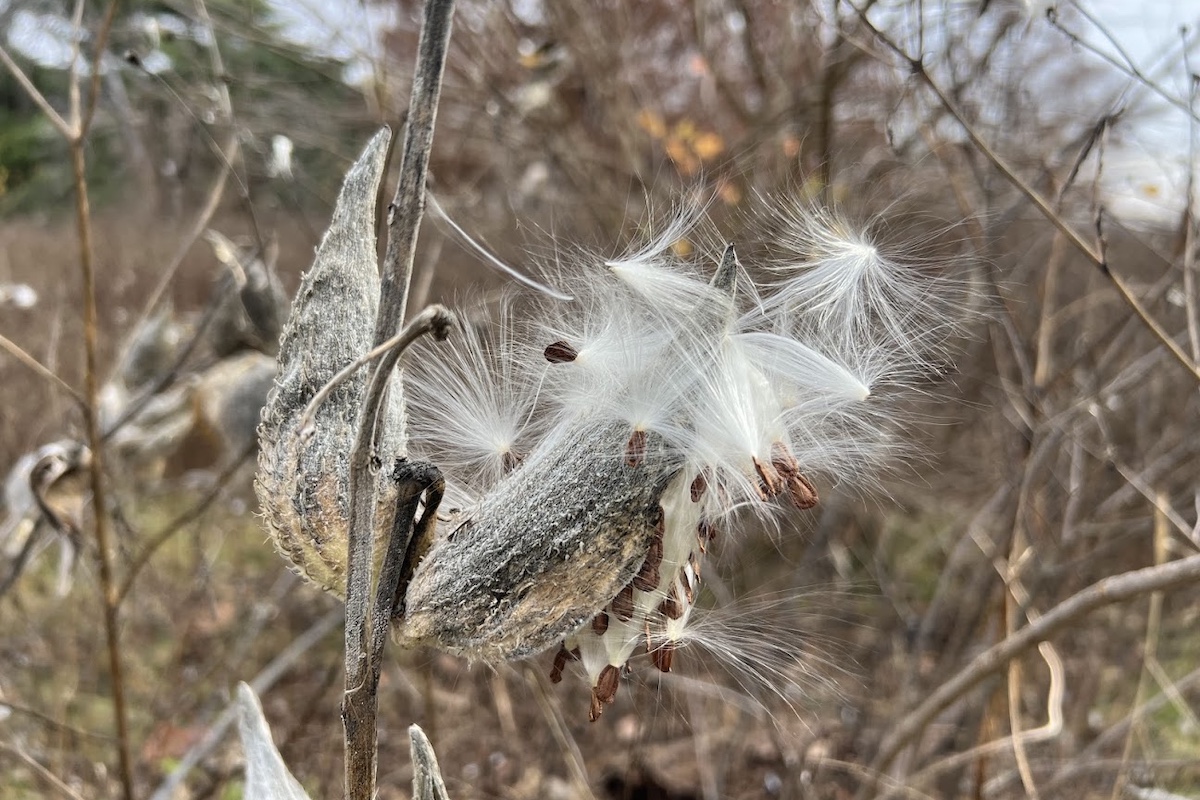
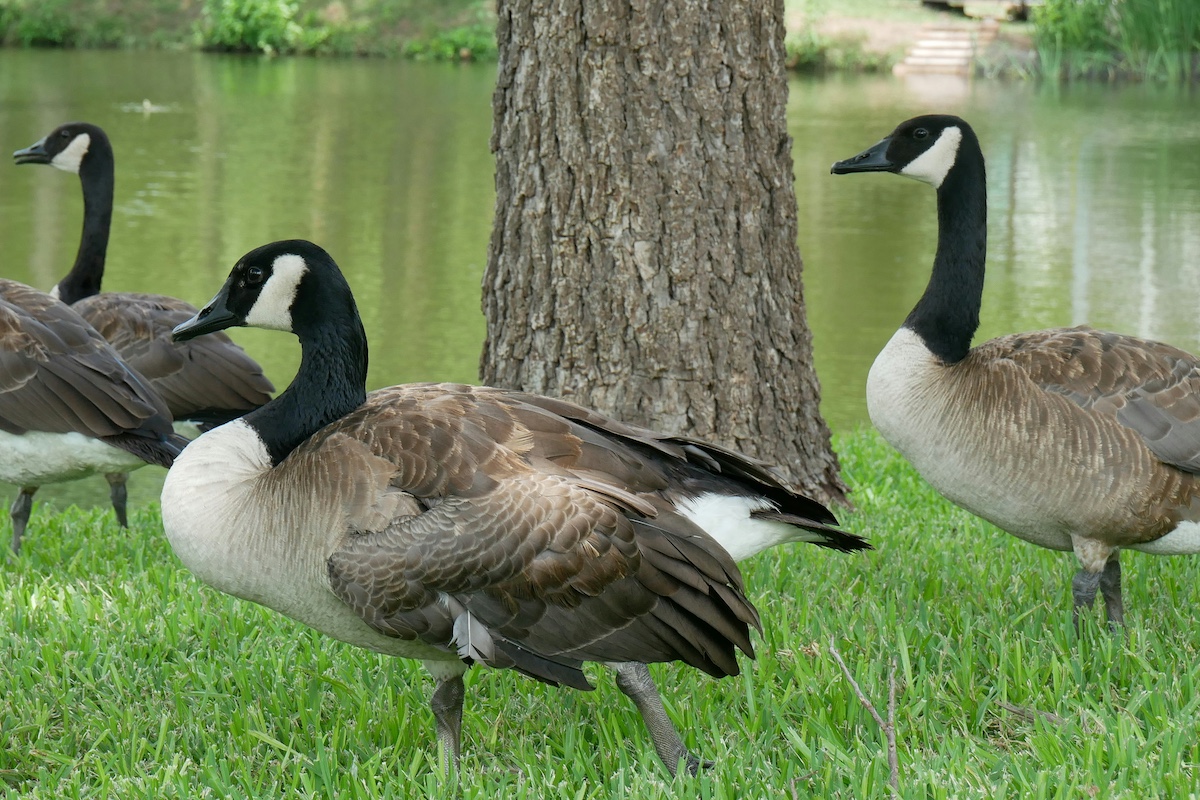
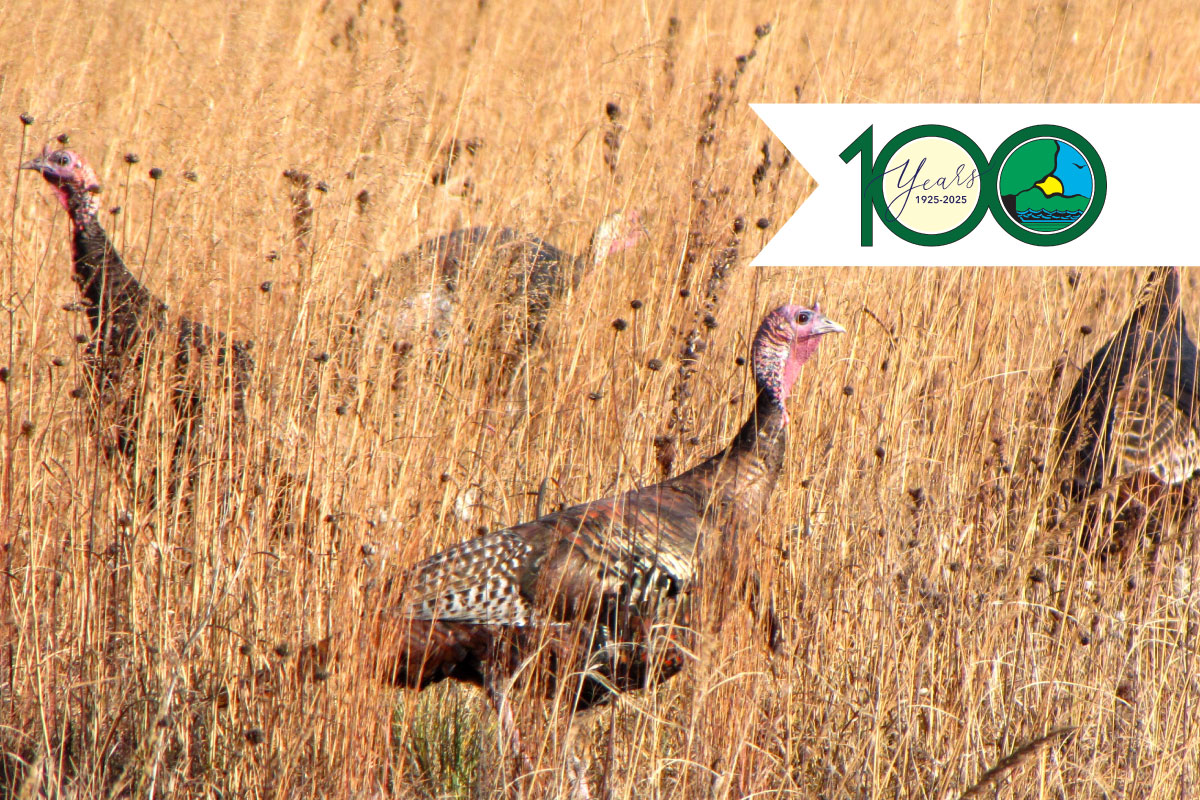
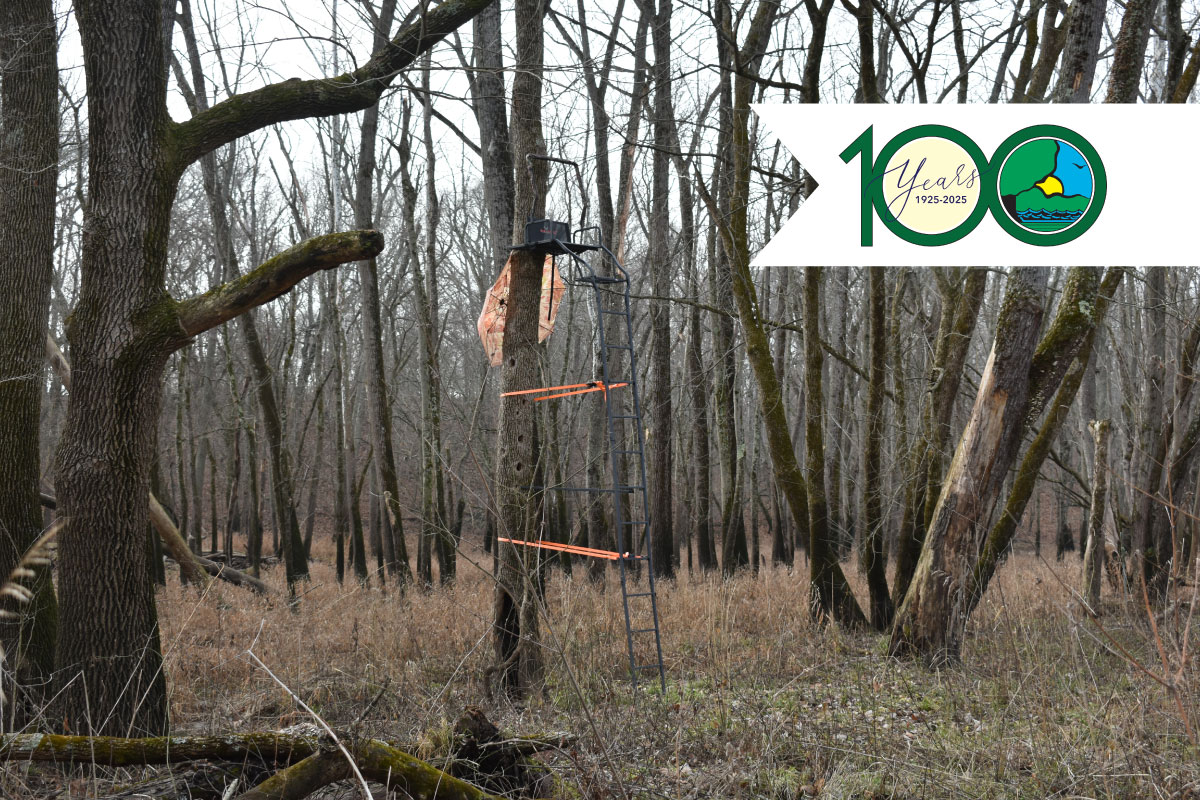
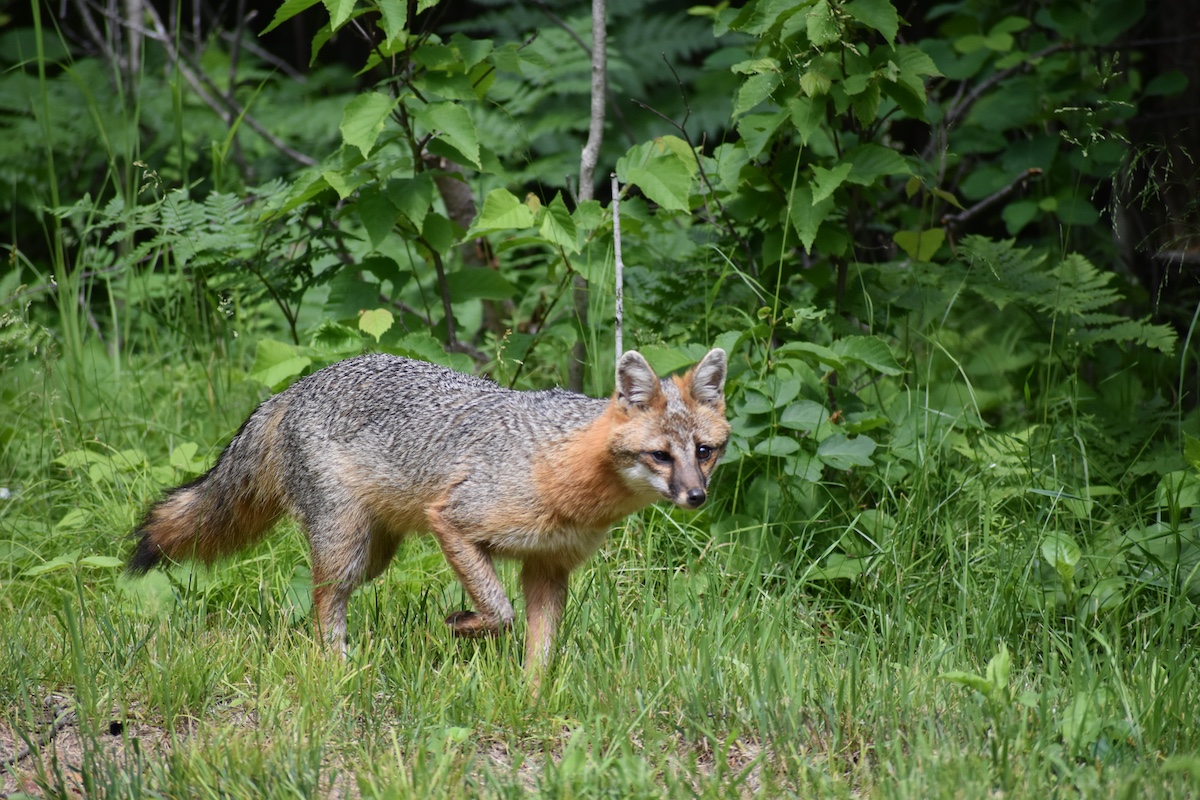
Submit a question for the author